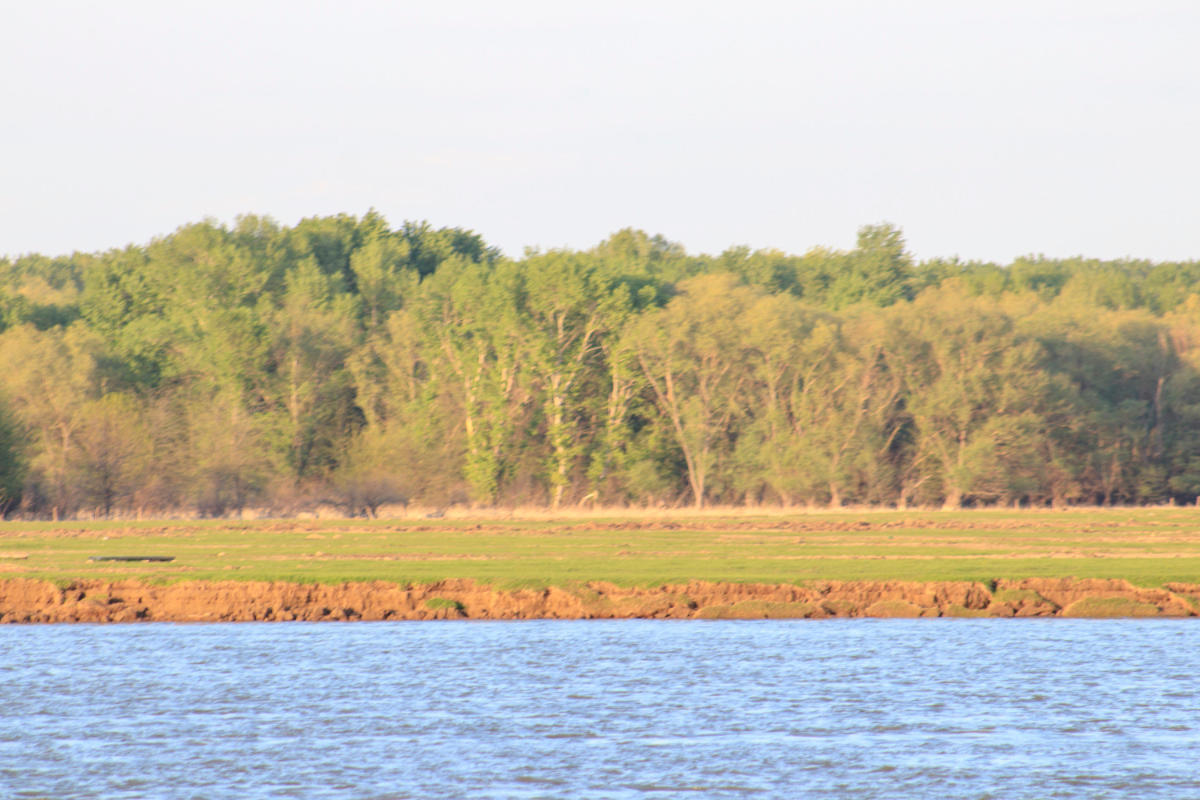Păcuiul lui Soare – Vicina
Category OtherDESCRIPTION
The Byzantine fortress Vicina was built between 969 and 976 during the reign of Byzantine Emperor Ioan Tzimiskes, a solid construction, the only fortress of the Byzantine Empire in Europe that resisted the passage of time.Vicina, built just after 971, initially occupied an area of 5-6 hectares and probably had a trapezoidal shape.
Historians attest to the fact that in time it played a role of special importance as a border and defense city during the Byzantine rule in Dobrogea. The Vicina Fortress was the seat of the imperial war and garrison fleet.The durability of the fortress walls was achieved by a special technique used during the construction, called the wooden substructure, which was used due to the positioning of the fortress on alluvial terrain.
The walls were built of shaped stone blocks with obvious Byzantine influences being visible at the northern gate.
Some very important structures were discovered after archaeological research, which began in 1956. On the eastern side there is a pier with dams, dunes, etc., with a width of 24 m, that is bordered by two rectangular towers, a wide 4-meter gate, and an apse building.
Over the years, the Byzantine fortress passed through a thriving economic period, especially between the 13th and the 14th centuries, but in the years 1421-1422 its activity was stopped, the reasons being unknown.
10-15% of the fortress can be seen nowadays, while in the 50's it was visible in the proportion of about 25%. The water affects it more and more, and the work done by the Danube over the time over time has accelerated the erosion process. There are solutions for the recovery and inclusion of the ancient city in a tourist circuit, but this would require a huge financial effort.
Pacuiul lui Soare, the Danube island on which Vicina is located, is one of the most important tourist attractions in the coastal area located 9 km downstream of Ostrov. Păcuiul lui Soare symbolizes history, nostalgia and wilderness, being perfect for those seeking peace.
Access to the island is only possible through locals who own boats, and camping is forbidden.[1]
HISTORY
The mighty and important Byzantine citadel of Vicina was built between 971-976 by the troops of Emperor Ioan Tzimiskes. Stone walls, massive, sizable to a great extent, speak about the amazing technique of Byzantine builders. Surprisingly, the old port is in the middle of the island. Thousands of years ago, a tectonic plaque was formed, which raised a shore and lowered another.Water covers most of where was the city once stood. On the other hand land has risen in areas once covered with water.
Archaeological discoveries are tangled with a legend. It is hard to separate history from fable. In some cases a single event gives credit to the legend more than years of research. In a year, when the Danube's waters were much lower due to the drought, the commander of the border crossing saw the roofs of the Vicina church. He then saw many constructions, which one could not have suspected to find. In 1968, Nicolae Scarlat, an amateur underwater archaeologist, descended in a sophisticated suit to the height of the metropolitan roof, taking evidence. A 24-carat gold piece. Strong currents and catfish, which according to the legend are present there, attacked the dweller. It is thought to have been the mythical "Samka Samodiva", a dragon fairy set to defend the treasure of the centuries. They brought him out of there with multiple fractures that caused his death after a couple of years.
In the early 1990s, they managed to include the island in the Danube Delta Biosphere Reserve. Only a few days ago a group of Italian underwater archaeologists also showed interest in exploring the underground city. Historians record the establishment of an Archdiocese at Vicina, towards the end of the 11th century, which in 1250 depended on the Patriarchate of Nicaea, and in 1261 on that of Constantinople. In 1359, "The Most Holy Metropolitan of Vicina, Chir Yachint" is called "the archbishop of the whole Romanian country".
We find more about the religious life of the fortress from the descriptions of Ana Comnena (1083-1153, Byzantine princess, daughter of Emperor Alexios I Comnenus and author of "Alexiadei"), and from Arabic, Italian, Greek or Portuguese geographers. The relics and crosses of bronze, brass, lead, stone, gold, pendants and rings with Christian symbols, a fragment of architravy specific to metropoles - all made Professor Petre Diaconu, the one who began the research here 51 years ago - to issue the hypothesis of the existence of the legendary metropolis.[2]
SITE SIGNIFICANCE
Architectural natural object
VISITOR INFORMATION
Access to the island is only possible through locals who own boats, and camping is forbidden
CLASSIFICATION
Architectural natural object
[1] Cetatea Bizantina Vicina, Insula Păcuiul lui Soare
https://audiotravelguide.ro/cetatea-bizantina-vicina-insula-pacuiul-lui-soare/
[2] Pacuiul lui Soare – o insula in mijlocul Dunarii sau Povestea „mitropoliei din adancuri”




